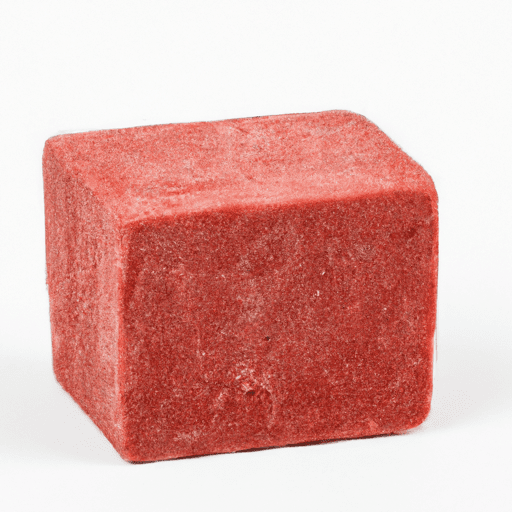Unleashing the Flavor Power of Stock Cubes
Who would have thought that a tiny cube could pack such a punch of flavor? From soups to stews and everything in between, the humble stock cube is a kitchen staple that deserves its place in every pantry. So, let’s dive deep into the world of stock cubes and discover why these little wonders are a game-changer in cooking.
The Taste Explosion in a Cube
Stock cubes are the secret ingredient that can transform an ordinary dish into a gustatory delight. Packed with umami-rich flavors, these concentrated flavor bombs add depth, complexity, and body to your culinary creations. With just a single cube, you can elevate the taste of your dishes and take them to a whole new level.
Versatility at its Finest
Stock cubes are incredibly versatile, making them an indispensable tool for home cooks and professional chefs alike. These magical cubes can be dissolved in water to create a flavorful liquid base for soups, stews, and sauces. They can also be used to enhance the taste of rice, quinoa, or couscous, infusing them with a savory essence.
Furthermore, stock cubes can be used to season and marinate meats, imparting a rich and robust flavor profile. You can even crumble a stock cube over roasted vegetables or sprinkle it onto popcorn for an unexpected burst of umami goodness.
A Nutritional Powerhouse
In addition to their unparalleled flavor properties, stock cubes also offer some nutritional value. While the precise composition may vary depending on the brand and type, stock cubes generally contain a blend of herbs, spices, vegetables, and sometimes meat or fish extracts.
These condensed flavor enhancers can contribute essential minerals like potassium, phosphorus, and magnesium to your diet. However, it’s worth noting that stock cubes can be high in sodium, so it’s wise to use them in moderation if you’re watching your salt intake.
A Brief History and Fun Facts
The history of stock cubes dates back to the late 19th century when they were first introduced by a German chemist named Justus von Liebig. He discovered the technique of drying meat extracts into concentrated bouillon, which paved the way for the creation of convenient stock cubes.
Since then, stock cubes have become a global phenomenon. Loved by cooks all over the world, these little flavor bombs have found their way into kitchens everywhere, making it easier for everyone to create delicious meals.
Fun fact: Did you know that the popularity of stock cubes was enormous during World War II? They provided a convenient way to add flavor to meals despite rationing and limited access to fresh ingredients.
Conclusion
Stock cubes may be small, but their impact on cooking is undeniably massive. Whether you’re a seasoned chef or a beginner in the kitchen, having stock cubes on hand can revolutionize the way you cook. So, unleash the flavor power of these little wonders and let your culinary creations reach new heights of deliciousness.
Stock Cube
- Origin and Common Uses: A stock cube, also known as a bouillon cube, is a dehydrated and compressed form of stock or broth. It was invented in the late 19th century by the Swiss-German chemist Julius Maggi. Stock cubes are commonly used to add flavor to soups, sauces, gravies, stews, and other dishes.
- Nutritional Benefits: Stock cubes contribute to the flavor of a dish but have minimal nutritional value on their own. They are typically high in salt, which adds flavor but should be used sparingly by individuals on low-sodium diets. Some stock cubes may contain small amounts of vitamins and minerals.
- Unique Properties: The main constituents of a stock cube are salt, flavor enhancers, fats, and often herbs and spices. They come in various flavors, including vegetable, chicken, beef, fish, and others, catering to different culinary preferences. Stock cubes are shelf-stable and have a long shelf life, making them a convenient pantry staple.
- Historical Significance: The invention of stock cubes revolutionized cooking by providing a convenient and accessible way to add flavor to dishes. Julius Maggi’s invention was inspired by a need to provide a nutritious and affordable food option for factory workers. Today, stock cubes are widely used in home kitchens and are integral to many traditional and modern recipes.




Use the share button below if you liked it.
It makes me smile, when I see it.